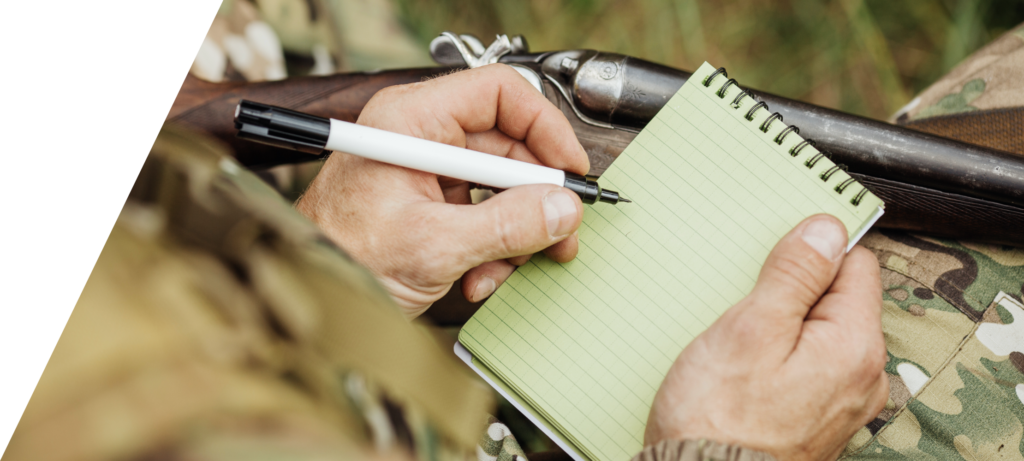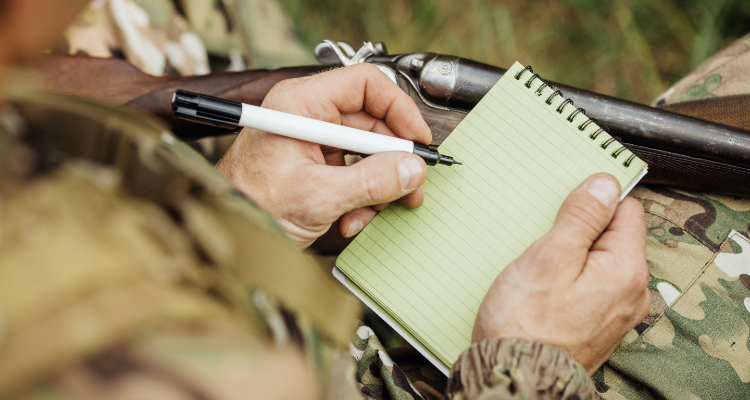Technical
Load Data


Technical load data
Find load data for your cartridge
New reloading data must be opened as a PDF document in an up-to-date compatible PDF viewer. For assistance, contact customerservice@barnesbullets.com or by phone at 800-574-9200.
Rifle
Handgun
muzzleloaders
Troubleshooting:
If the load charges appear to be blacked out on the PDFs, follow these steps:
- Save the pdf to your computer
- Open the file with Adobe Reader
- Go to edit > preferences > categories: page display
- In the rendering section, change the “Smooth Text” drop-down to “none”
- Click OK
If this does not solve the issue, customer service will send you a copy of the data. Contact them via email at customerservice@barnesbullets.com or by phone at 800.574.9200.
Disclaimer:
The load data contained on this site is intended for use with Barnes Bullets. Bullets from other manufacturers may not produce equivalent pressure or velocities; therefore, it is not recommended that this data be used with components other than as listed. Data contained herein is intended for use by individuals who are familiar with correct and safe handloading practices and procedures.
Because Barnes Bullets has no control over the individual loading practices and/or components used, no responsibility is implied or expressed by Barnes Bullets, Inc. in the use of this data. The information is to be used at the sole discretion of the user. This data replaces, supercedes and obsoletes any and all data previously published by Barnes Bullets, Inc.
Rifle
Loading Guidelines
When loading a Barnes TSX, Tipped TSX or LRX bullet, your rifle may prefer a bullet jump of anywhere between .050” up to .250” or more. This distance off the lands (rifling), aka “jump” may be limited to the rifles throat length, magazine length and bullet length.
When selecting the cartridge overall length (COAL) we recommend starting with a minimum “jump” of .050” off of the lands. You can test different seating depths and find a “sweet spot” that your particular firearm prefers. We suggest working in at least .025” increments as follows seating the bullet deeper to allow a further jump. Your test plan could look something like this:
1st group- .050” jump
2nd group- .075” jump
3rd group- .100” jump
4th group- .125” jump
5th group- .150“ jump
6th group- * see below
This length can be determined by using a “Stoney Point Gauge” or other methods. You do not have to seat the bullet at, or on one of the cannelure rings. Remember there are many factors that may control or limit the seating depth for your application. You may find that you need to start at around 0.150” off the lands and are not able to get any closer due to limiting factors including proper neck tension and magazine length.
*In rifles that have long throats you may be limited on how close you are able to get the bullet to the lands. In these instances, it is not uncommon to find the best accuracy with a jump of .200” or more.
This jump may possibly stay the same regardless of powder or charge weight within a given rifle. If preferred accuracy is not obtained, we certainly recommend trying another powder, for the powder type and charge greatly affects the overall accuracy of each individual firearm.
FYI- An accurate load requires a bullet with the proper consistent case neck tension which leads to more constant pressures and velocities.
The twist rate is measured by how many inches of bullet travel down the barrel it takes the rifling to twist the bullet one full turn. This measurement is called the “rate of twist” and is expressed as a ratio, such as 1:7, which means the bullet spins one full rotation in seven inches of barrel travel. The lower the ratio the faster the rate of twist.
In testing we have found the TSX, TTSX, and LRX bullets to be very accurate. Handloader Magazine often prints their test results in which Barnes TSX, TTSX, and LRX bullets produce accuracy results that are just as good, if not better than match-grade bullets. A number of shooting schools use Vor-tx and Vor-tx LR ammunition loaded with the TSX, TTSX, and LRX bullets as their ‘go to’ brand to verify accuracy when a students rifle and ammunition does not produce acceptable results.